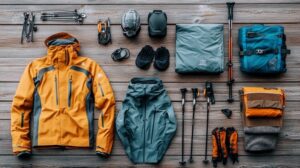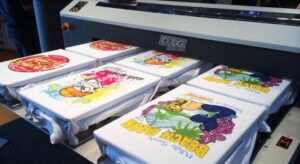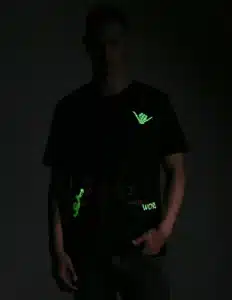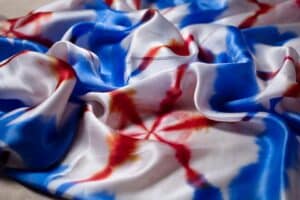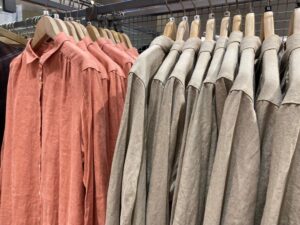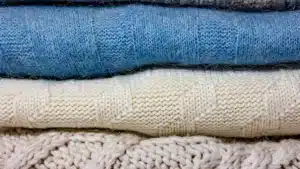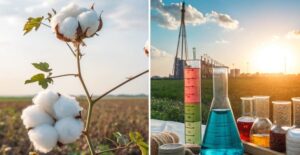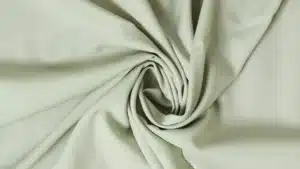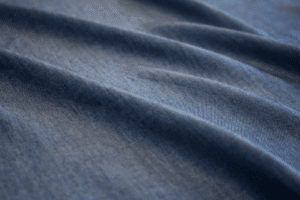Waterproof clothing and outdoor gear rely on advanced fabric technologies to keep moisture out while allowing breathability. But how are these fabrics made? The key lies in laminates, where waterproof membranes are bonded to fabrics to create high-performance materials.
Laminates are fabrics with waterproof and breathable membranes bonded to them, enhancing protection against water while maintaining comfort. This process is widely used in rain jackets, outdoor gear, and professional workwear.
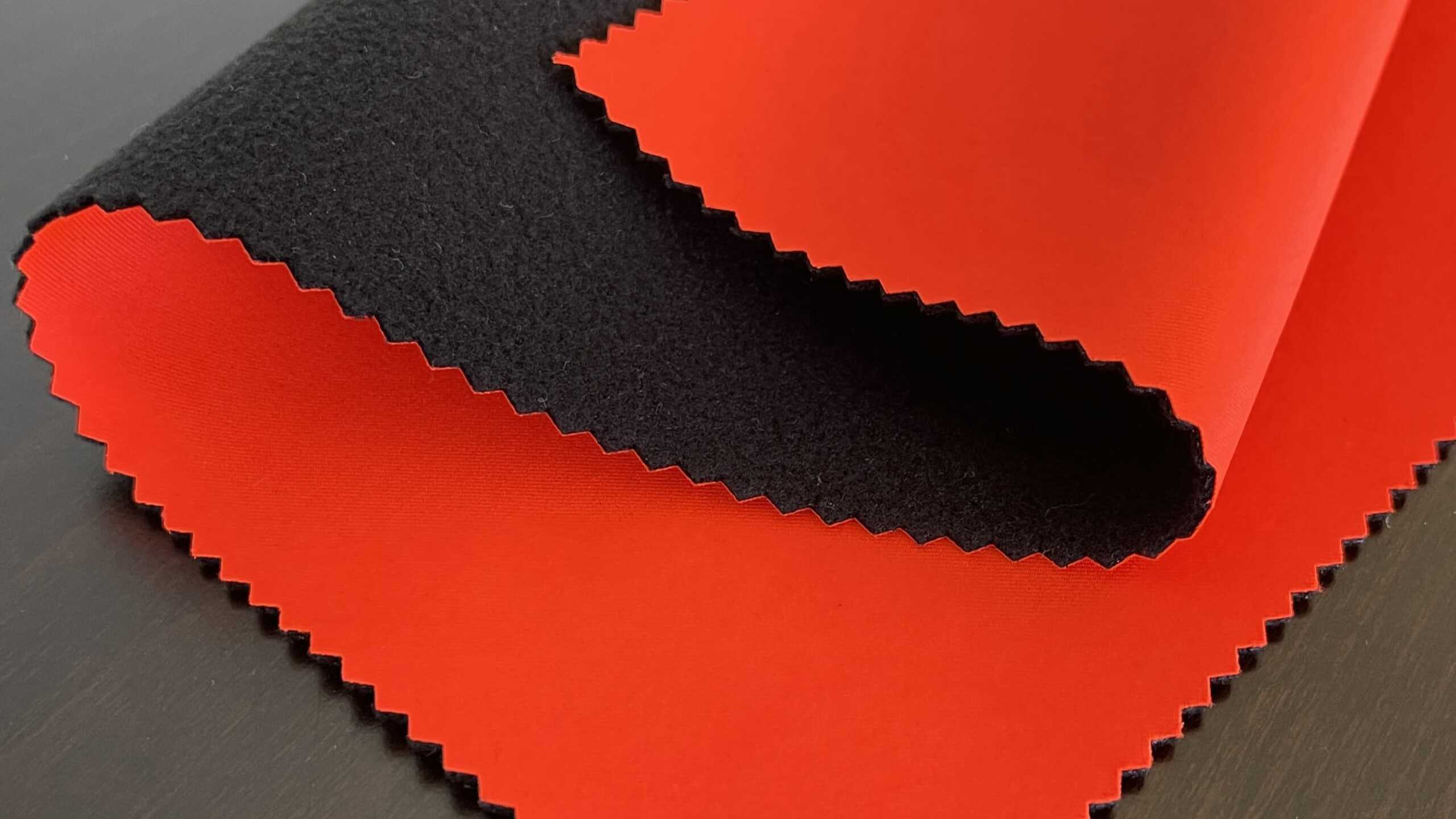
Key Takeaways
-
Laminates attach waterproof layers to fabrics. They keep you dry and let sweat out.
-
Pick the right waterproof layer for your activity. ePTFE lets air through, while TPU is strong and better for the planet.
-
Take care of laminated fabrics by cleaning them often and storing them safely. This helps them stay waterproof.
-
Ways to bond laminates, like using heat or glue, work well for different uses.
-
Laminated fabrics are made to last. They protect you from water and bad weather for a long time.
What Are Laminates in Waterproof Fabrics?
Laminates are thin waterproof layers attached to fabrics. They stop water from getting through but let sweat escape. This makes fabrics both waterproof and comfortable to wear.
Laminates are multi-layered textiles where a waterproof membrane is permanently bonded to a fabric layer. This structure ensures waterproofing, wind resistance, and breathability. Laminates are key in making fabrics perform better in wet conditions.
Key Components of Laminates:
| Component | Function | Examples |
|---|---|---|
| Outer Fabric (Face Fabric) | Provides durability and abrasion resistance | Nylon, polyester |
| Waterproof Membrane | Blocks water while allowing vapor to escape | GORE-TEX, eVent, PU, TPU |
| Backing Layer (Optional) | Adds comfort, durability, and support | Tricot knit, fleece |
The combination of these layers determines the fabric's waterproof and breathable performance.
How Laminates Improve Fabric Performance
Laminates make fabrics stronger, more waterproof, and breathable. When bonded to fabrics, they form a tough but flexible layer. This helps fabrics last longer and handle rough use. Laminated fabrics are perfect for outdoor adventures and tough conditions.
Laminates also help control temperature. They let air flow, so you don’t overheat. This is very useful in waterproof clothes, where comfort is as important as staying dry. Laminates also make sure waterproof fabrics stay effective for a long time.
Types of Waterproof Membranes
Waterproof membranes are the heart of laminated fabrics. Here are the most common types used in outdoor clothing:
1. ePTFE Membranes (e.g., GORE-TEX)
ePTFE (expanded polytetrafluoroethylene) membranes are common in waterproof fabrics. They are made by stretching a polymer to create tiny pores. These pores block water but let sweat vapor escape. This makes ePTFE membranes both waterproof and breathable.
You can find ePTFE membranes in rain jackets and hiking boots. They protect you from rain while letting sweat out, keeping you comfy. Studies show ePTFE membranes are great at repelling water, allowing air through, and letting vapor escape. These features make them perfect for tough weather.
2. PU Membranes (Polyurethane)
Polyurethane (PU) membranes are another popular waterproofing option. They are light and flexible, making them useful for many things. PU membranes are used in outdoor jackets, tents, and backpacks. They keep water out while staying soft and comfy.
PU membranes are also strong and long-lasting. They handle stretching and bending without losing waterproofing. Research shows PU membranes improve water resistance and let vapor pass through. This keeps fabrics breathable and water-resistant. PU membranes are also affordable, making them a smart choice for manufacturers.
3. TPU Membranes (Thermoplastic Polyurethane)
Thermoplastic polyurethane (TPU) membranes are both high-performing and eco-friendly. They are stretchy and work well with different fabrics. TPU membranes are used in outdoor gear, medical clothing, and extreme conditions.
A big benefit of TPU membranes is their environmental friendliness. They can be recycled and have less impact on the planet. Market reports show TPU fabrics are becoming more popular, with demand growing over 15% each year. Their flexibility and performance make them a top pick for waterproof fabrics.
How Are Waterproof Membranes Bonded to Fabrics?
To create laminated waterproof fabrics, manufacturers use advanced bonding techniques that ensure the membrane adheres securely without compromising performance.
Common Lamination Techniques:
| Lamination Method | Process | Application |
|---|---|---|
| Hot-Melt Lamination | Uses heat-activated adhesives to bond the membrane and fabric | Outdoor apparel, sportswear |
| Solvent-Based Lamination | Chemical adhesives create a strong bond | Industrial protective clothing |
| Flame Lamination | Uses an open flame to melt a polymer, bonding layers together | Automotive textiles, upholstery |
These techniques allow manufacturers to customize fabrics for specific weather conditions and activity levels.
Heat Lamination Techniques
Heat lamination is a common way to bond waterproof membranes to fabrics. It uses heat and pressure to stick layers together. This method is strong and works well for outdoor clothes and sports gear.
One popular method is hot-melt lamination. It uses heat to activate glue, joining the fabric and membrane. This makes the fabric waterproof but still breathable. Another method is flame lamination. Here, a flame melts a polymer layer, bonding it to the fabric. This is often used in car seats and furniture because it’s fast and strong.
Adhesive Bonding Methods
Adhesive bonding is another way to attach waterproof membranes to fabrics. It uses special glue to make a strong and flexible bond. This method is great for things like protective clothing that need to resist water and stay tough.
The glue’s thickness is very important. Studies show that glue layers between 0.5 mm and 2.0 mm work best. Tests like pulling and stretching show how weather affects the bond. These tests prove adhesive bonding is reliable for making waterproof fabrics that last.
Types of Laminates in Waterproof Fabrics
Laminates vary based on their layer structure, affecting weight, durability, and breathability.
1-Layer Laminate
- Membrane bonded directly to the outer fabric.
1-layer laminates have one waterproof membrane attached to fabric. They are light and bend easily, making them great for simple and low-cost uses. You’ll see 1-layer laminates in light rain jackets, windbreakers, and casual outdoor clothes.
These laminates work well in mild weather. They keep water out but still let air through. However, they are not as strong or tough as multi-layer laminates. For daily waterproof clothing, 1-layer laminates are a good mix of usefulness and price.
2-Layer Laminates
- Membrane bonded to the outer fabric, with a separate inner lining.
2-layer laminates have a waterproof membrane and an outer fabric layer. This makes them stronger and better for rough use. They are often used in hiking gear, ski jackets, and other outdoor clothing. The extra layer adds strength and protects against damage.
A big plus of 2-layer laminates is their flexibility. They work in both normal and tough weather. The outer layer also allows for stylish designs, making them good for both practical and fashionable waterproof clothes.
3-Layer Laminates
- Membrane is sandwiched between the outer fabric and an inner backing.
3-layer laminates are the best in waterproofing technologies. They have three parts: an outer fabric, a waterproof membrane, and an inner lining. This design makes them very strong, water-resistant, and breathable.
These laminates are used for high-level needs. For example, industries like aerospace use them because they handle heat and pressure well. Studies show materials like titanium laminates stay strong in extreme conditions.
For waterproof clothes, 3-layer laminates are perfect for extreme sports and tough outdoor jobs. They give long-lasting protection in the hardest conditions, making them the best choice for climbers, skiers, and adventurers.
Benefits of Laminated Waterproof Fabrics
Laminates provide high-performance waterproofing while maintaining breathability and comfort.
Advantages of Laminated Fabrics:
| Benefit | Explanation |
|---|---|
| Waterproofing | Blocks rain and moisture from penetrating the fabric. |
| Breathability | Allows sweat vapor to escape, preventing overheating. |
| Durability | Resists wear and tear in harsh environments. |
| Lightweight | Provides protection without added bulk. |
These properties make laminated fabrics essential for outdoor enthusiasts, athletes, and professionals exposed to extreme weather conditions.
Durability and Long-Term Performance
Laminated fabrics are made to last a long time. They combine layers to create strong, tough materials. This makes them perfect for jackets, tents, and backpacks. The lamination process helps fabrics resist damage and stay reliable.
Laminated fabrics work well in tough weather like rain or snow.
They also block harmful UV rays during sunny outdoor activities.
These fabrics are dependable for hiking, skiing, or camping. They keep their waterproof strength even after being used in harsh conditions many times.
Breathability and User Comfort
Laminated fabrics are breathable and comfortable to wear. They stop water from getting in but let sweat vapor escape. This keeps you dry and prevents overheating during activities.
For example, outdoor clothes with laminated fabrics balance comfort and protection. They let air flow, keeping you cool in heat and warm in cold. This makes them great for waterproof clothing that needs to be both protective and comfy.
Water Resistance and Protection
Laminated fabrics are excellent at keeping water out. Tests show they can handle high water pressure without leaking.
The tiny pores in laminated membranes create a strong barrier against water. This keeps you dry even in heavy rain. Whether hiking in storms or walking through wet areas, these fabrics protect you. Their advanced waterproofing makes them a favorite for outdoor lovers and workers.
Applications of Laminated Waterproof Fabrics
Laminates are widely used in various industries due to their reliability and performance.
Common Uses of Laminated Fabrics:
| Industry | Application | Example Products |
|---|---|---|
| Outdoor & Sportswear | Rain jackets, ski wear, hiking gear | GORE-TEX mountaineering shells |
| Military & Tactical Gear | Waterproof uniforms, protective suits | Combat rain gear |
| Workwear & Safety | Industrial protective clothing | Firefighter gear, medical PPE |
| Automotive & Upholstery | Waterproof seat covers, protective covers | Car interiors, furniture fabrics |
How to Maintain Laminated Fabrics
Proper care extends the life and performance of laminated fabrics.
Best Practices for Caring for Laminated Waterproof Fabrics:
| Care Tip | Benefit |
|---|---|
| Wash with Mild Detergent | Removes dirt without damaging waterproof coatings. |
| Avoid Fabric Softeners | Prevents clogging of the membrane’s breathable pores. |
| Reapply DWR Coating | Restores water-repellent properties after prolonged use. |
| Air Dry or Low Heat | Prevents delamination and maintains fabric integrity. |
By following these steps, users can keep their waterproof gear functioning at peak performance.
Conclusion
Laminates play a crucial role in waterproof fabric technology by bonding breathable membranes to textiles, creating high-performance materials for outdoor, work, and tactical applications. Whether in lightweight rain jackets or rugged mountaineering gear, laminated fabrics provide durability, waterproofing, and comfort.
At IDentity Custom Clothing, we specialize in crafting outdoor clothing that combines cutting-edge technology with sustainable practices. Explore our manufacturing capacity to see how we use laminated fabrics to enhance your fashion experiences and outdoor adventures.
FAQ
What makes laminated fabrics waterproof?
Laminated fabrics have a waterproof membrane attached to them. This membrane has tiny holes that stop water but let sweat vapor out. It keeps you dry and comfy.
Can laminated fabrics be repaired if damaged?
Yes, small rips or holes can be fixed. Use waterproof patches or adhesive tape. Make sure the area is clean and dry before fixing it for the best results.
Are laminated fabrics suitable for all weather conditions?
Laminated fabrics work well in most weather. They block water and let air through. For very cold or hot weather, pick laminates made for those conditions.
How do I know if a fabric is laminated?
Look at the product label or description. Laminated fabrics often say "waterproof" or "breathable." You can also feel the fabric; it may feel layered or slightly stiff.
Do laminated fabrics lose their waterproofing over time?
Yes, they can lose waterproofing with use or bad care. Clean them often and add a water-repellent coating to keep them working well.


